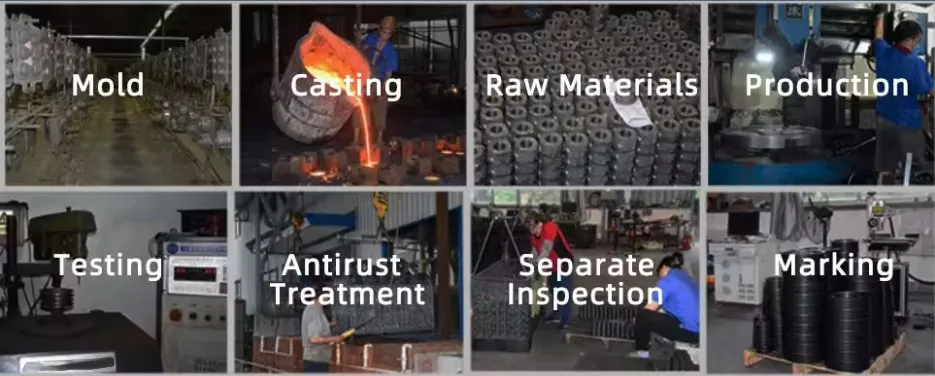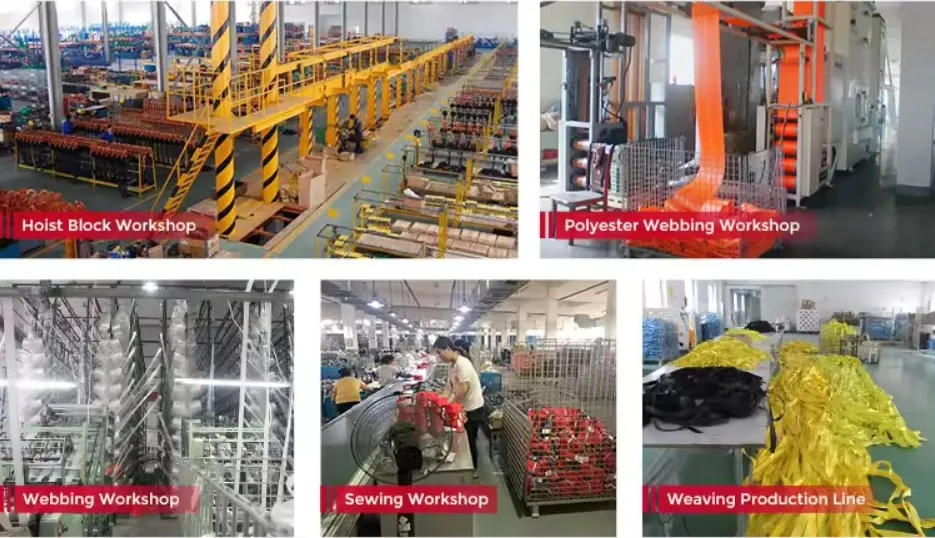Industrial Sheaves
- High-Quality Materials: Industrial sheaves are made from durable materials such as steel or aluminum to ensure longevity and reliability.
- Precision Engineering: These sheaves are designed with precision engineering to provide smooth and efficient operation.
- Various Sizes: Industrial sheaves come in a range of sizes to accommodate different load capacities and belt sizes.
- Corrosion Resistance: They are coated with anti-rust materials to prevent corrosion and extend their lifespan.
- Wide Applications: Industrial sheaves are used in various industries such as manufacturing, construction, and agriculture.
Types of Sheave Pulleys
- V-Belt Sheaves: Designed for use with V-belts to transmit power efficiently.
- Flat-Belt Sheaves: Utilized with flat belts for smooth power transmission.
- Rope Sheaves: Employed with ropes for lifting and pulling applications.
- Wire Rope Sheaves: Specifically designed for wire ropes to handle heavy loads.
- Cable Sheaves: Used with cables for various industrial applications.
- Timing Belt Pulleys: Ideal for synchronous power transmission in machinery.
What is a Sheave on a Pulley?
- A sheave is a grooved wheel or pulley used with a belt or rope to change the direction of force applied.
- It helps in the transmission of power and motion between two rotating shafts.
- Sheaves are commonly used in pulley systems to increase or decrease the speed of rotation.
- They are essential components in lifting and conveying equipment.
- Sheaves can be made from various materials such as metal, plastic, or composites.
What are Sheaves used for?
- Supporting and guiding ropes or belts in industrial machinery.
- Changing the direction of force in lifting and pulling applications.
- Transmitting power efficiently between shafts in mechanical systems.
- Adjusting the speed of rotation in pulley systems.
- Facilitating smooth and reliable operation of machinery.
- Handling different types of loads and materials in various industries.
Process of Sheave Pulley
Mold
The mold is created to form the shape of the sheave pulley.
Casting
The molten metal is poured into the mold to create the sheave pulley.
Raw Materials
High-quality materials such as steel or aluminum are used to ensure durability.
Production
The sheave pulleys are manufactured using precision engineering techniques.
Testing
Each sheave pulley undergoes rigorous testing to ensure quality and performance.
Antirust Treatment
The sheave pulleys are coated with anti-rust materials to prevent corrosion.
Separate Inspection
Each sheave pulley is individually inspected for quality control purposes.
Marking
Identification marks are added to the sheave pulleys for traceability.
How do you adjust sheave pulleys?
- Loosen the set screws on the sheave pulley.
- Adjust the position of the sheave on the shaft to the desired location.
- Align the sheave with the belt or rope for proper operation.
- Secure the set screws to lock the sheave in place.
- Check the tension of the belt or rope for optimal performance.
- Regularly inspect and maintain the sheave pulley for smooth operation.
- Consult the manufacturer’s guidelines for specific adjustment procedures.
About HZPT
HZPT, established in 2006, is a leading manufacturer of precision transmission components based in Hangzhou. We specialize in producing various industrial components and providing customized solutions for complex applications. Before establishing our overseas sales team, we began producing 3D printer parts, anti-theft screws and nuts, camera mounts, and more. We also offer assembly production services to streamline the manufacturing process and reduce costs. With a focus on quality, competitive pricing, and excellent customer service, HZPT has earned a reputation among major clients in Europe and America. Choose HZPT for top-notch products tailored to your needs!



